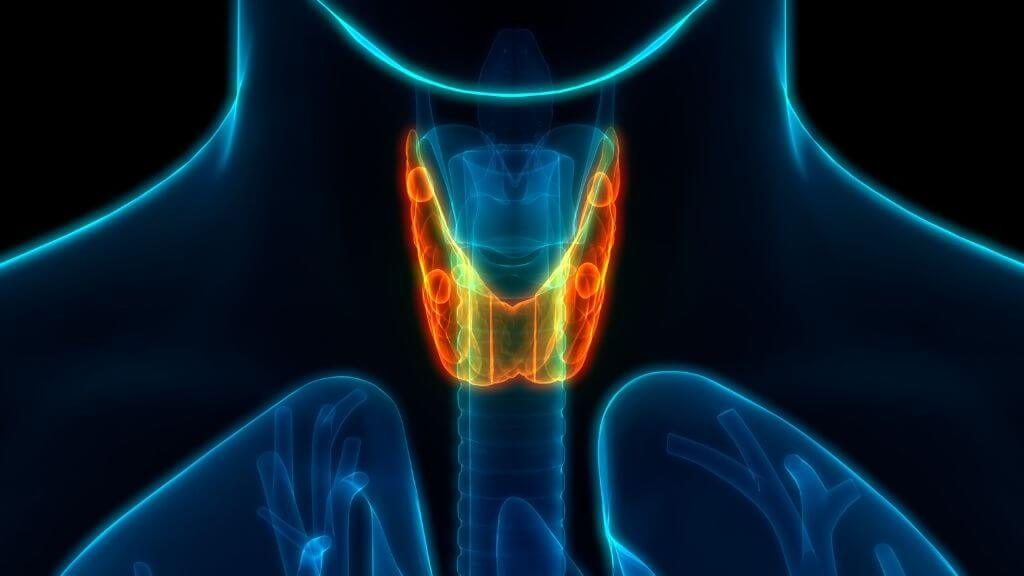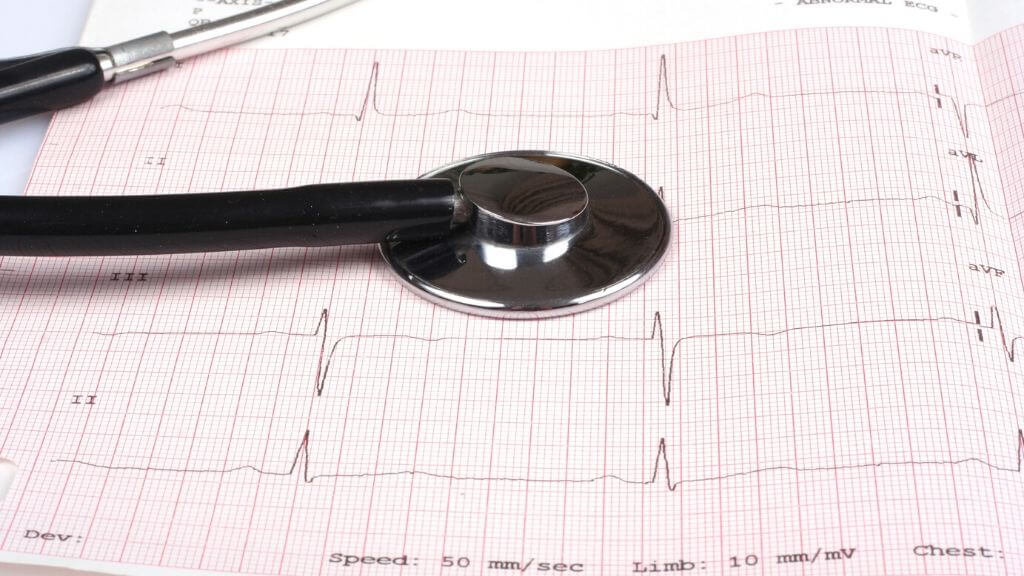Erectile dysfunction is the inability to get or keep an erection, and it is also known as impotence. Men of any age can experience this, although the risk does increase with age.
Erectile dysfunction is the result of an underlying problem that needs attention. Medications, trauma, certain health conditions, and outside influences all contribute to the potential development of erectile dysfunction.
Erectile Dysfunction Causes
Men will experience erectile dysfunction at some point in their life. It is caused by both psychological and physiological problems such as:
♦ Excessive consumption of alcohol
♦ Stress
♦ Fatigue
♦ Anxiety
♦ Trauma or injury
Stress plays a common role in age-related erectile dysfunction, and the condition is more prevalent among middle-aged to older men.
Atherosclerosis is also known to contribute to erectile dysfunction as a result of accumulated plaques in the arteries. Blood flow is disrupted throughout the body, which interferes with the ability to get and sustain an erection.
Additional causes for erectile dysfunction in older men include:
♦ Obesity
♦ Diabetes
♦ Kidney issues
♦ Thyroid problems
♦ Sleep disorders
♦ Nerve damage
♦ High cholesterol
♦ High blood pressure
♦ Use of tobacco
♦ Alcoholism

Prescription medications, such as antidepressants and diuretics, are also known to increase the risk of erectile dysfunction. It is important to let your doctor know if you are taking these medications.
Erectile Dysfunction Symptoms
The main symptom of erectile dysfunction is the inability to get an erection, and in most cases, this is temporary. This can have negative impacts on your sex life because it usually prevents men from being able to have sexual intercourse.
Psychological symptoms, such as low self-esteem and depression, can become the result of the condition after several episodes. In many cases, these symptoms can make erectile dysfunction worse.
Erectile Dysfunction Diagnosis
Your doctor will start with your medical history and a physical examination, making sure to cover all medical conditions you may have. You also need to let your doctor know which medications you are taking and when you began taking them.
Whether the erectile dysfunction happened before or after starting the medication is also important to accurately diagnosis.
The physical examination can reveal lesions, trauma, and other physical causes of erectile dysfunction. Should there be a need for further testing, your doctor can order one of several tests for a clearer diagnosis of the underlying issue.
♦ A blood test to look for diabetes, testosterone levels, and lipid levels
♦ ECH to find heart problems
♦ Ultrasound to look for potential problems with blood flow
Treatment for Erectile Dysfunction
Treatment focuses on the underlying cause, and once treated, the erectile dysfunction usually subsides. There are several medications used to treat erectile dysfunction that work to help men achieve and maintain erections.

Medications are designed to work by increasing blood flow to the penis. Men that have severe conditions such as heart disease need to avoid these medications, so it is important that your doctor knows your medical history.
Erectile Dysfunction Diet
Eating healthy benefits your overall health, which in turn will prevent or reduce the risk of erectile dysfunction. While a diet alone is not going to treat erectile dysfunction, it helps to prevent conditions that can contribute to the condition.
Ideally, you want to eat a balanced diet full of fresh fruits and vegetables, lean proteins, and whole grains. Reduce the consumption of processed and convenience foods as well as alcohol, which are all known to increase the risk of erectile dysfunction.
Natural Treatments for Erectile Dysfunction
In addition to medications or instead of them, there are lifestyle choices you can make that can help reduce the risk of erectile dysfunction. Making the following changes can help with this condition and prevent future complications.
♦ Avoiding illegal drug use
♦ Quitting smoking
♦ Reducing alcohol consumption
♦ Getting regular exercise
♦ Maintaining a healthy weight
♦ Practicing stress relief such as meditation and deep breathing exercises
What Are the Variations of Erectile Dysfunction?
There are two main types of erectile dysfunction.
♦ Low-flow or ischemic priapism: This occurs when the blood gets trapped in the erection chambers.
♦ High-flow or non-ischemic priapism: This type is rare and is also less painful. It occurs when there is an injury to the penis or perineum, which causes a ruptured artery stopping normal blood flow to the penis.
Erectile Dysfunction Statistics
♦ About 5 percent of men over the age of 40 have complete erectile dysfunction.
♦ Close to 70 percent of men aged 70 and over have complete erectile dysfunction.
♦ Approximately 10 percent of men per decade of life experience mild to moderate erectile dysfunction (50 percent of men in their 50s, 60 percent in their 60s, and so on).
Erectile Dysfunction and Surgery
In most cases, medications and lifestyle changes can help treat erectile dysfunction. Sometimes surgery is an option, especially when the cause is physiological.
Vascular reconstructive surgery reconstructs the arteries in the penis to increase blood flow. Some men can even be fitted with a prosthetic device within the penis, which causes erections. Surgical implantation is usually a last resort. It involves placing cylinders into the penis to increase rigidity.
Erectile Dysfunction and Children
Erectile dysfunction is more common the older you get, but it can occur in adolescents too. Erectile dysfunction in adolescents or boys going through puberty occurs as a result of obesity, neurological disorders, or psychological problems such as performance anxiety.
A condition known as hypogonadism can also cause erectile dysfunction at a young age. This is a condition that happens when the body does not produce enough sex hormones. Treatments are the same for boys and adolescents as they are for men.
What Is the Long-Term Outlook?
Erectile dysfunction in young men is generally treated successfully and fully reversed. Through lifestyle changes and medication, younger males can improve overall health and reverse erectile dysfunction.
Most young men return to normal sex lives after starting treatment. When diagnosed in older males, the condition will not be fully treated, but with medications, many older men are able to have a fulfilling sex life.







